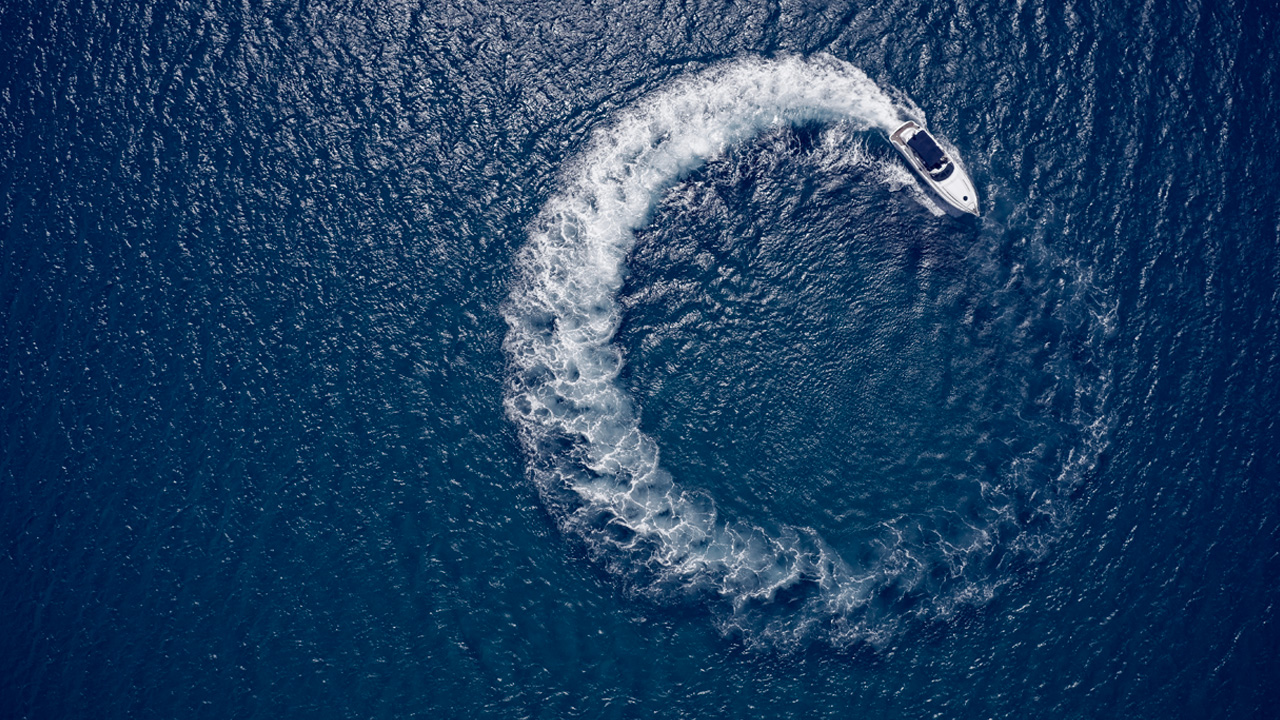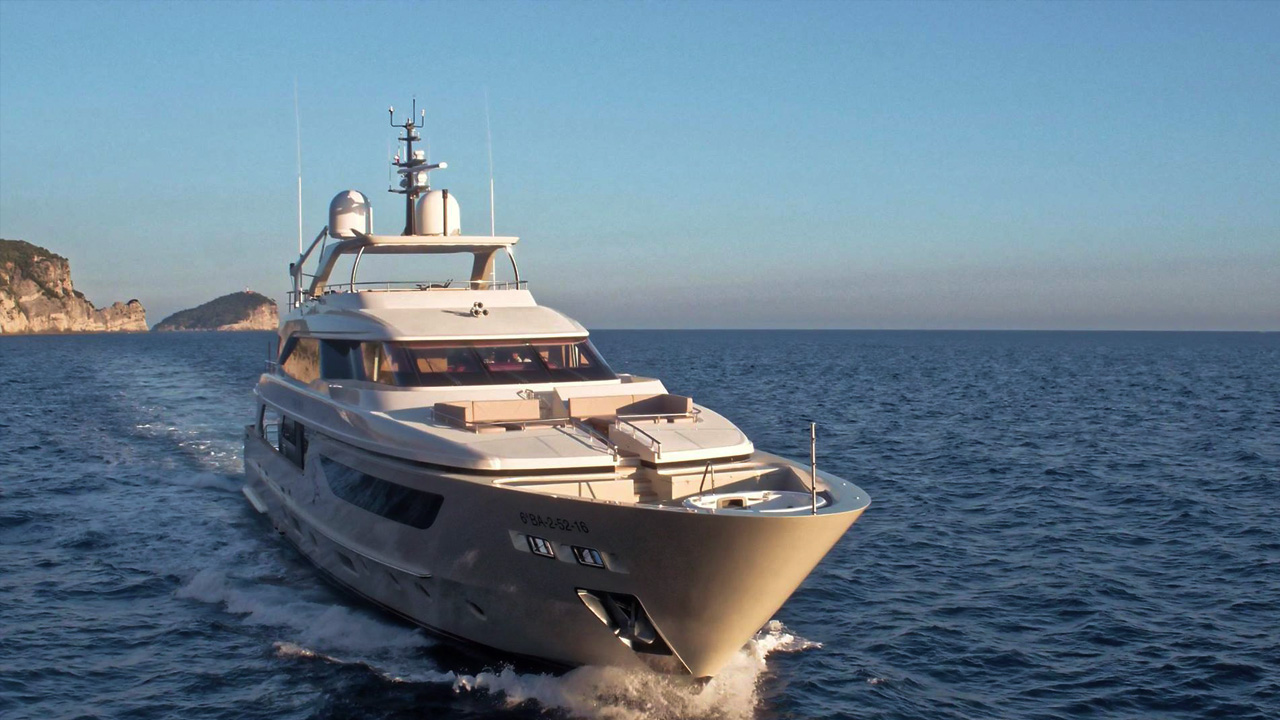
Capturing the raw power and elegance of a motorboat cutting through the water at full speed is one of the most thrilling — and challenging — experiences in the world of cinematography.
This isn’t just about beautiful shots. It’s about precision, coordination, and adrenaline.
When you’re filming a powerboat at maximum speed, there’s no room for hesitation. You’re riding alongside it in a chase boat, traveling parallel at full throttle, camera in hand, stabilizers on, and your eyes fixed on the target. Every vibration, every wave, every gust of wind becomes part of the equation.
The margin for error? Tiny.
Your boat must match the pace perfectly, keeping the powerboat framed just right, despite the unpredictable nature of the sea.

As if high-speed tracking weren’t enough, we take the challenge to another level: drone cinematography just above the waterline.
Flying a drone at the height of the gunwale (that narrow edge where the hull meets the deck) requires millimeter-level control. At these speeds, the drone isn’t just flying — it’s racing. And with no land references, surrounded only by the glint of the sea and the blur of motion, every move must be instinctive and immediate.
What makes these shoots even more intense is the tight coordination between pilot and camera operator. The drone must stay locked on the powerboat, even as it weaves, accelerates, and banks into turns. Timing is everything. You often have just one shot — one perfect moment when light, motion, and sea align.
And when it happens, it’s pure cinematic magic.
No two boats, no two seas, no two days are alike. Every shoot brings a new set of variables — sea state, wind direction, boat performance, available space, drone battery life, and pilot endurance.
That’s what makes this work so demanding — and so rewarding.
Because when you get it right, you don’t just film a boat. You capture the spirit of speed, the mastery of engineering, and the thrill of power meeting nature.